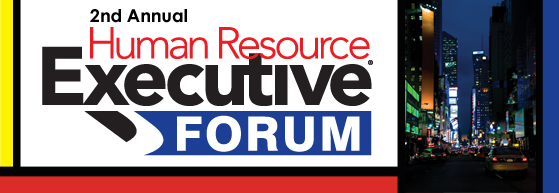Human Resource Executive Forum 2011
Today and tomorrow I'll be attending the Human Resource Executive Forum in New York City.
Later this morning I have the great honor of participating in a panel discussion titled 'Leveraging New HR Technologies to Thrive in a New Reality', along with Josh Bersin, CEO of Bersin & Associates; Bettina Kelly, Senior VP at Chubb; Stephen Mirante, Senior VP at CBS Corp.; and moderated by Mercer's Patricia Milligan.
Clearly, the HR Technology landscape remains complex, fluid, and in many ways, in transition. From consolidation at the higher ends of the market, to the emergence of a slew of interesting and dynamic solutions at the edges of the market, and finally to the emerging importance and challenge presented by social and collaborative technologies; today's HR and organizational leaders are faced with both opportunity and decision points.
In organizations of all sizes, the need to understand workforce ability, alignment of capability to intended business strategy, assessment of current and future workforce needs, while simultaneously measuring, analyzing, and taking actions on data and information gleaned from these workforce technologies, combine to present the HR and HR technology professional with a diverse and complex set of requirements to address and technologies to evaluate and implement.
And oh yeah, make sure these technologies are easy and engaging to use, can be deployed rapidly and on budget, work on an increasing number of platforms and devices, and be adaptable to a set of ever changing business needs. One more thing, these tools need to be 'social' too. Most people don't really know what they mean by that, but one thing we all agree on is 'social = good.'
Simple right?
Of course most of us agree that sorting out the new world of enterprise and workforce technologies is anything but simple, and that realization I think, is one of the main reasons that events like the Human Resources Executive Forum dedicate time on their agendas to specifically address some of these technology issues and challenges.
For my part, on the panel I will be talking about ways to transform data into information, and why that matters; some of the new, and non-traditional technologies that exist a bit outside the mainstream; and what the changing composition of the workforce and the demands that increased mobility will place on HR technology decisions and deployments.
I am looking forward to the session, and to attending the rest of the event.
Of course I will be tweeting and blogging from the event, if you are following on Twitter, look for the hashtag #HREforum11.

 Steve
Steve




